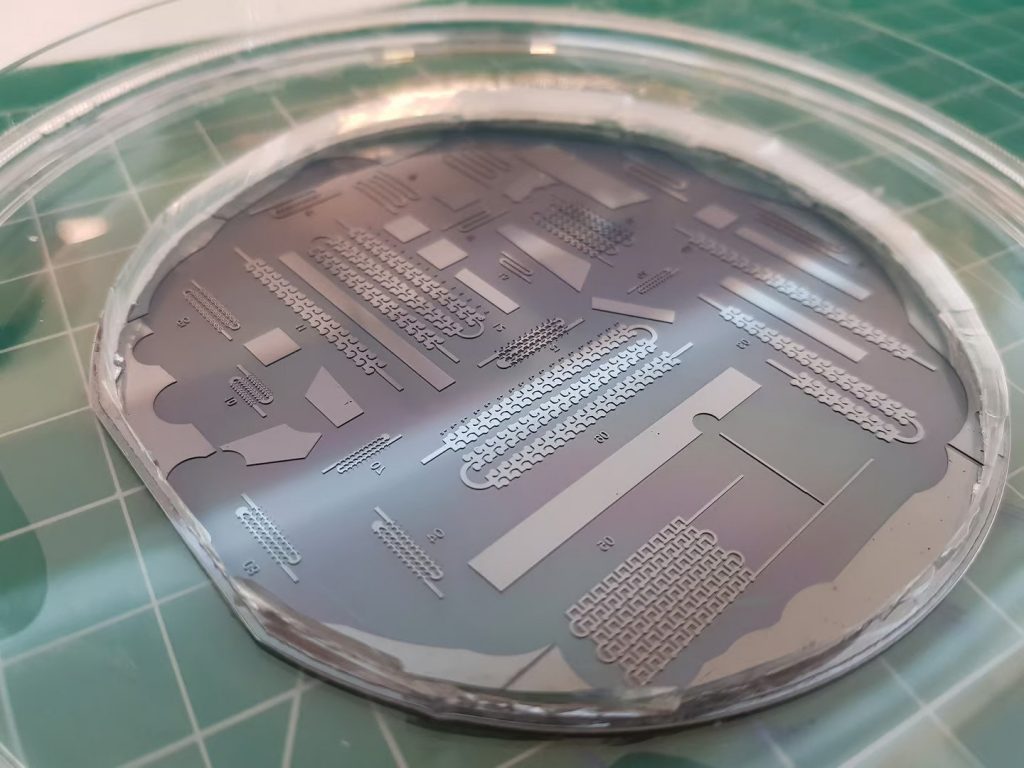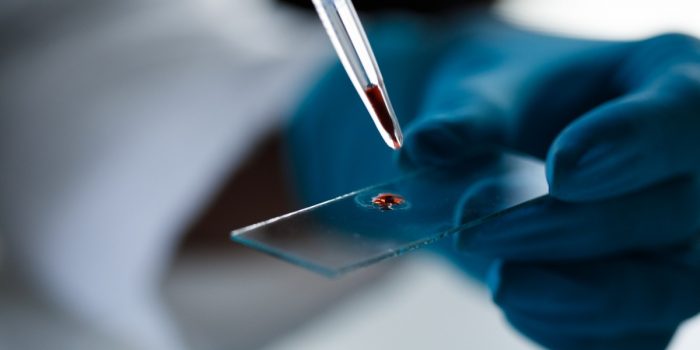Some types of cancer, such as ovarian cancer, lung cancer, and breast cancer, tend to remain undetected until they are too advanced for treatment to be effective. Now, an innovative tool may be able to detect cancer easily, quickly, and in minuscule amounts of blood.
In a bid to find a simple, effective way of identifying hard-to-diagnose cancers, researchers from the University of Kansas (KU) in Lawrence and the KU Cancer Center and KU Medical Center in Kansas City have now developed an ultrasensitive cancer-detecting device.
The device called Static Droplet Microfluidic (SDM) device, which is a “3-D-nanopatterned microfluidic chip,” could successfully detect cancer markers in the tiniest drop of blood or in a component of the blood called plasma. It can quickly detect circulating tumor cells (CTC) that have split from the cancer source to enter the bloodstream. It paves the way for very early detection, monitoring, and treatment.

Majid Warkiani
This device, the scientists explain, identifies and diagnoses cancer by “filtering” for exosomes, which are tiny vesicles that some eukaryotic cells produce. In the case of cancer cells, exosomes contain biological information that can direct tumor growth and spread.
“A single tumor cell can exist among billions of blood cells in just one milliliter of blood, making it very difficult to find,” said Majid Warkiana, a professor from the UTS School of Biomedical Engineering. “The new detection technology has 38,400 chambers capable of isolating and classifying the number of metabolically active tumor cells.”
“We built a device that could isolate these individual cells, keep them alive, give them sugar to consume, and see if the metabolomics is the same or not,” says Warkiani.
The SDM can pick out tumor cells through a unique metabolic signature involving the waste product lactate.
“In the 1920s, Otto Warburg discovered that cancer cells consume a lot of glucose and so produce more lactate,” said Warkiani. “Our device monitors single cells for increased lactate using pH-sensitive fluorescent dyes that detect acidification around cells.”
The researchers have filed a patent for the device. Warkiani says that there is similar technology filtering through clinical trials at the moment, meaning their device won’t take long to hit the market once commercialized.
“We will tag along – right now we have a technology that works better, we already have the proof of concept,” he says.
“Let’s make it a widespread use across their clinics and hospitals everywhere in the world.”


